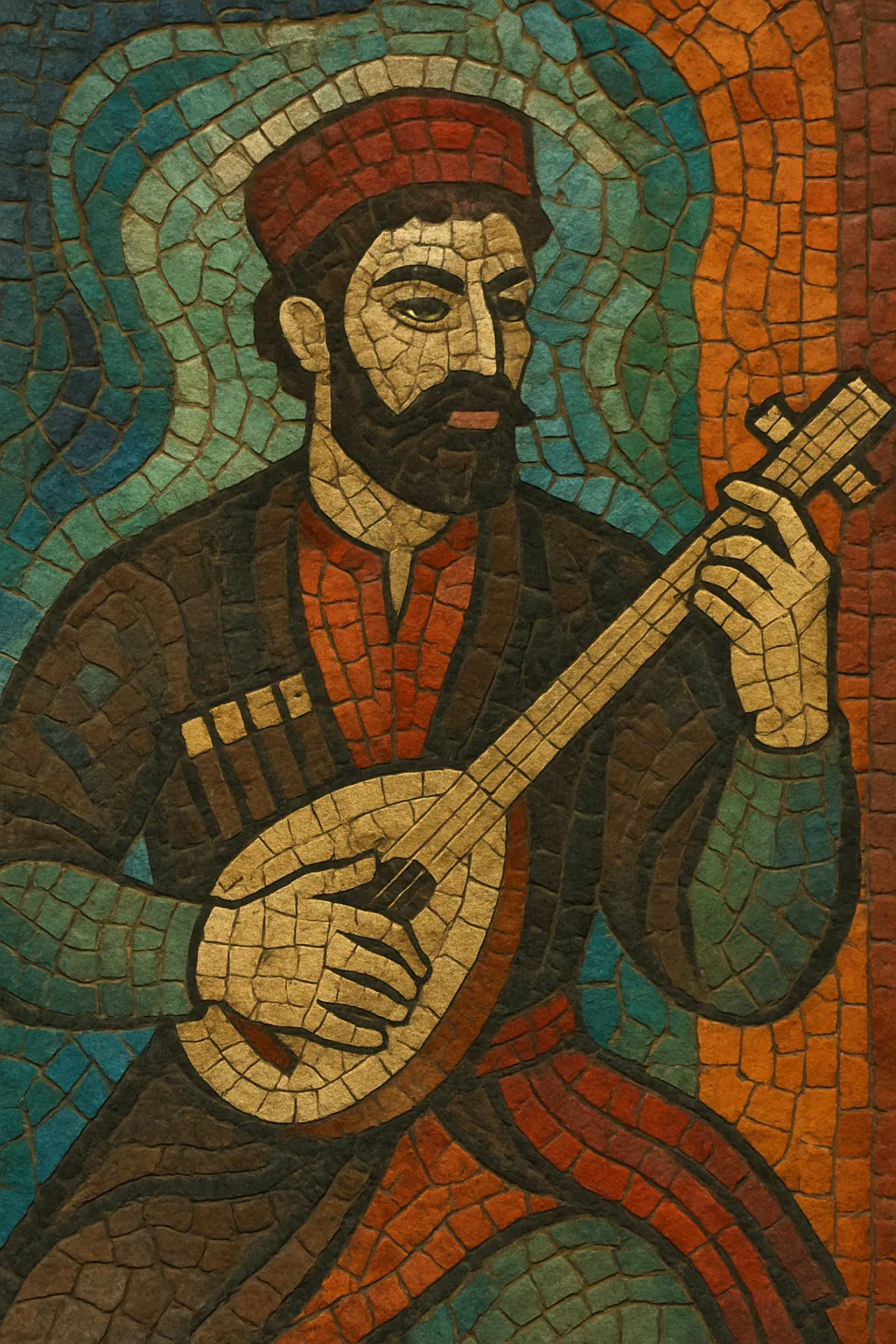Batonebi songs are Georgian ritual healing songs addressed to the batonebi ("lords"), folk spirits traditionally believed to cause childhood illnesses such as smallpox and measles.
They are typically intimate, lullaby-like incantations sung by mothers or close kin to appease the batonebi and secure the child’s recovery. The songs often feature the refrain "iavnana" or "nana," use modal melodies, and move in a free, speech-like rhythm. In the 20th century they were also arranged for stage performance by folk ensembles, sometimes expanding into multipart polyphony over a sustained drone.
Batonebi songs arose within Georgian folk healing practices, especially in eastern regions such as Kartli and Kakheti. In traditional belief, the batonebi were spirit "lords" associated with pox and other childhood illnesses. Families would sing placatory, lullaby-like songs to negotiate with these spirits, asking them to be merciful and to restore the child’s health. The frequent use of “iavnana” and “nana” links the practice to the broader Georgian lullaby tradition.
Although the practice is older, most written and audio documentation was made in the late 19th and 20th centuries by ethnographers and later by folklorists and choir leaders. Collectors and ensembles preserved melodies, texts, and performance customs, sometimes adapting the intimate solo practice into multipart choral arrangements suitable for concert performance.
From the late Soviet period onward, ensembles brought batonebi songs onto the stage and into recordings, balancing authenticity with artistic presentation. The revival movement of the 1980s–2000s—driven by dedicated folk choirs and community groups—helped recontextualize these healing songs as cultural heritage, while retaining their characteristic modal language, gentle contour, and invocation formulas.
Today batonebi songs are appreciated both as documents of pre-modern healing rites and as emblematic pieces within Georgia’s renowned vocal tradition. They are taught in workshops, performed by leading ensembles, and occasionally reinterpreted in world-music contexts, all while maintaining their core lullaby-like, invocatory character.


